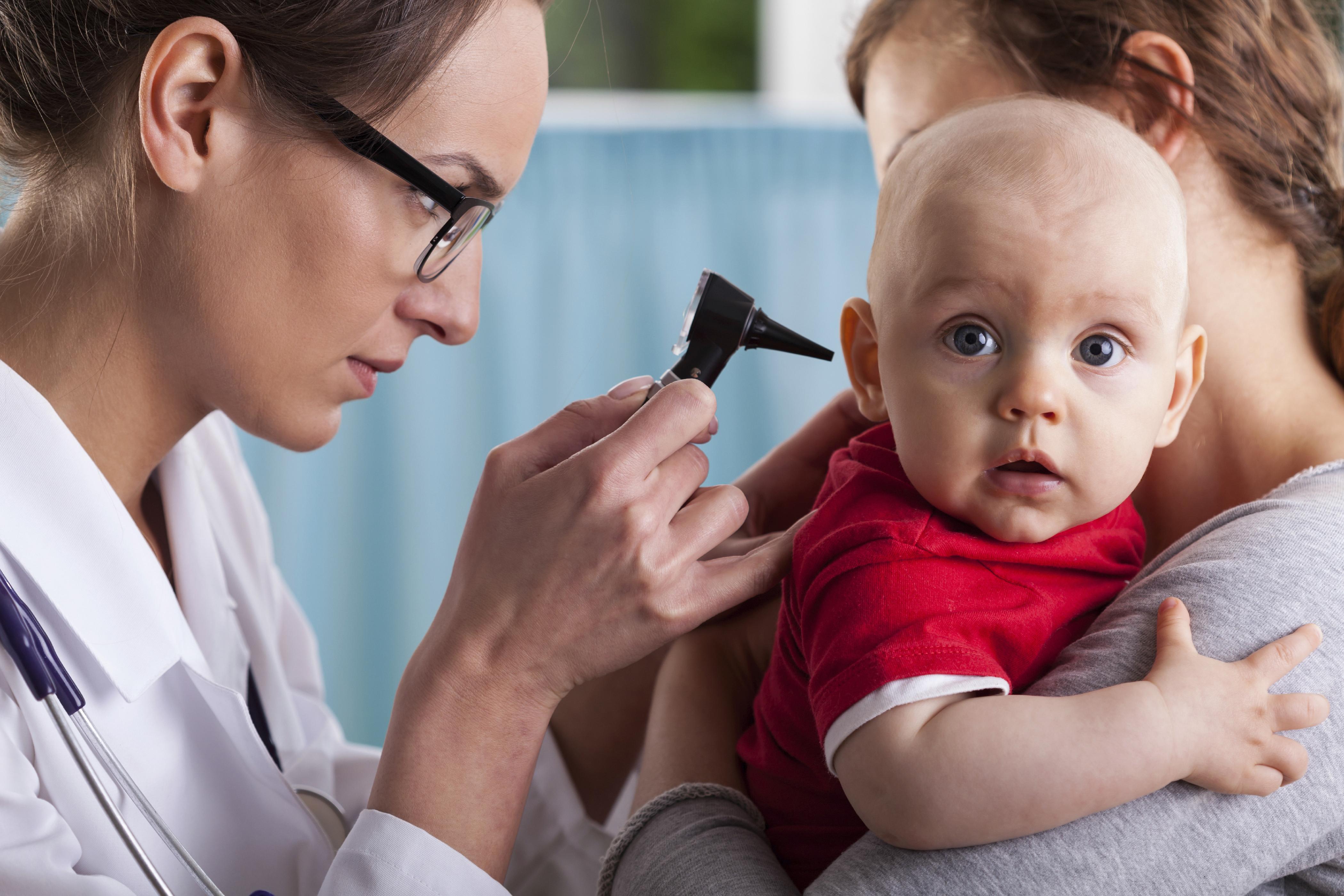
Signs That Your Child Might Have an Ear Infection
An ear infection occurs because of bacterial attack. It mostly begins after a child gets a cold, sore throat or other infections on the upper respiratory tract. If the infection on the upper respiratory tract is a result of bacterial infection, the same bacteria can spread to the mid-year. If the cause of infection is a viral attack such as a common cold, it could be drawn to a microbe-friendly environment and move to the middle ear in the form of a secondary infection. The infection turns to an ear infection by causing fluid to build up behind the eardrum.
Types of ear infection
Children can get one of these three different types of infections, and each has different symptoms.
Otitis media with effusion (OME)
OME may occur after an ear infection runs its course and the trapped fluid stays on behind the eardrum. A child suffering from OME may fail to show any other symptoms, but a doctor can use specialist ear checking instruments to see any fluid trapped behind the eardrum.
Acute Otitis Media (AOM)
AOM is the type of ear infection that affects most people. It is an infection that occurs and causes swelling on the middle ear with fluid settle behind the eardrum. It causes pain in the ear which people refer to as an earache. The child might also have a high fever.
Chronic Otitis Media with effusion (COME)
COME occurs when fluid stays static in the middle ear for an extended period or recurs frequently even without another sign of infection. COME makes it difficult for the children to fight new infections and may also impair their hearing.
Signs of an Ear Infection in a Child
One of the signs or a combination shows that that a child is likely to have an ear infection.
Ear pain (Earache)
An earache is usually the first noticeable symptom, and your child might have perennial complaints about hurting in the ear. A toddler cannot speak but will become irritable or keeps on pulling at the ear. The ear pain can be mild or severe.
See Nursingwritingservices.com Reviews Online by our customers and writers. We are among the best rated company in providing nursing services.
Fever
Fever that follows up a recent sinus infection or cold is a clue that your child has an ear infection. However, some ear infections occur without fever.
Drainage flow from the ear
Ear drainage is thick yellowish or bloody. It is a sign that the eardrum could be having a rupture (burst). A hole in the eardrum usually heals after treatment of the infection and sometimes without medication in a few weeks if it is not severe. It is not common in children, but if you notice it, the child must be having an infection.
Fluid build up
Build up of fluid near the eardrum is a familiar sign of an ear infection. You may not see the fluid behind an eardrum buy this symptom could be an indicator of its existence and a need for examination by an otolaryngologist.
Trouble in hearing
Your child could be having hearing problems if you notice episodes of inattention or absent-mindedness. Fluid buildup in the middle ear blocks the sounds.
Other Signs of Ear Infection
- The child complains of ringing, popping, pressure or feeling of fullness in the ear. The combination of these effects makes it confusing for children to describe what they are feeling. You may notice your child rubbing the ears many times to relieve pressure.
- Troubled sleeping- Ear infection becomes more painful when lying down
- Reduced appetite- ear infections make it difficult for a child to chew food or swallow
- Unpleasant smell from the infected ear
- Balancing difficulties- The ears help with body equilibrium, and infection makes a child unsteady.
- Vomiting and diarrhea- these symptoms occur if the bug causing the ear infection spreads to the gastrointestinal tract.
An ear infection requires the attention of a doctor, and it will clear in a few days after medication. If the infection does not disappear soon, you can ask for a change of medication. Any ear fluid might stay in the ear for sometime after healing and slowly fades in 3-6 weeks.

